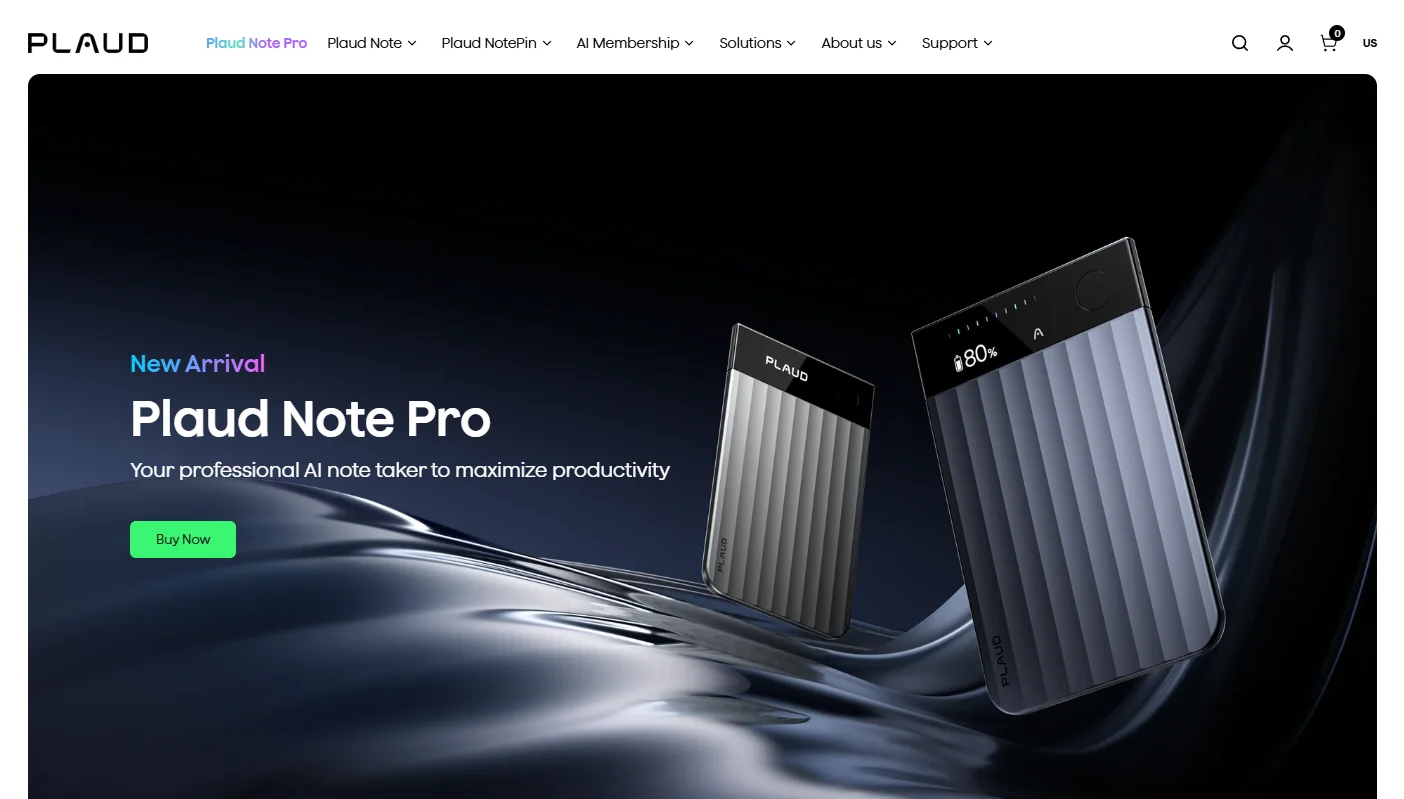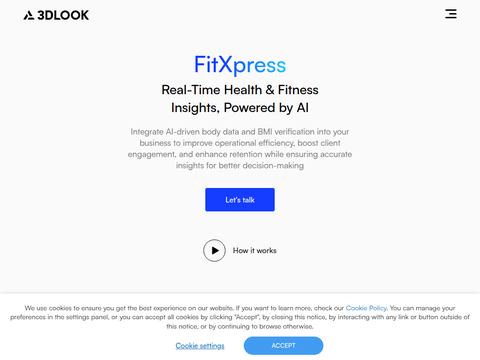Google is expanding access to the latest "experimental" features of its Gemini 2.0 Flash AI model for more developers worldwide. However, users have discovered some concerning capabilities, including the precise removal of watermarks from images.
The company's lightweight on-device AI model now includes native image generation features. It can create images based on text prompts and supports conversational image editing. According to TechCrunch, users found over the weekend that the model can also accurately remove watermarks.
Tools like Watermark Remover.io have previously been able to remove watermarks from companies like Shutterstock. Back in 2017, a Google research team developed a watermark removal algorithm to highlight the need for better protection methods. In contrast, some AI tools such as OpenAI’s GPT-4o refuse requests to remove watermarks.
However, Gemini 2.0 Flash appears to outperform other options when it comes to removing complex watermarks, such as Getty Images’ stamps, and filling in the image afterward. After removing watermarks, it adds a SynthID tag, essentially replacing copyright marks with an "edited by AI" indicator. But there are precedents, like Samsung’s object erasure tool, showing that AI markers can also be removed by AI.
Users have also noticed that Gemini 2.0 Flash seems capable of adding recognizable images of real individuals, such as Elon Musk, into photos – something the full version of the Gemini model does not allow.
Currently, Flash's latest image capabilities are only available to developers through AI Studio, so its apparent lack of restrictions has not yet been opened up for everyone to use (or abuse). Google has been asked whether there are any protections against behaviors like watermark removal, but no response has been received so far.








